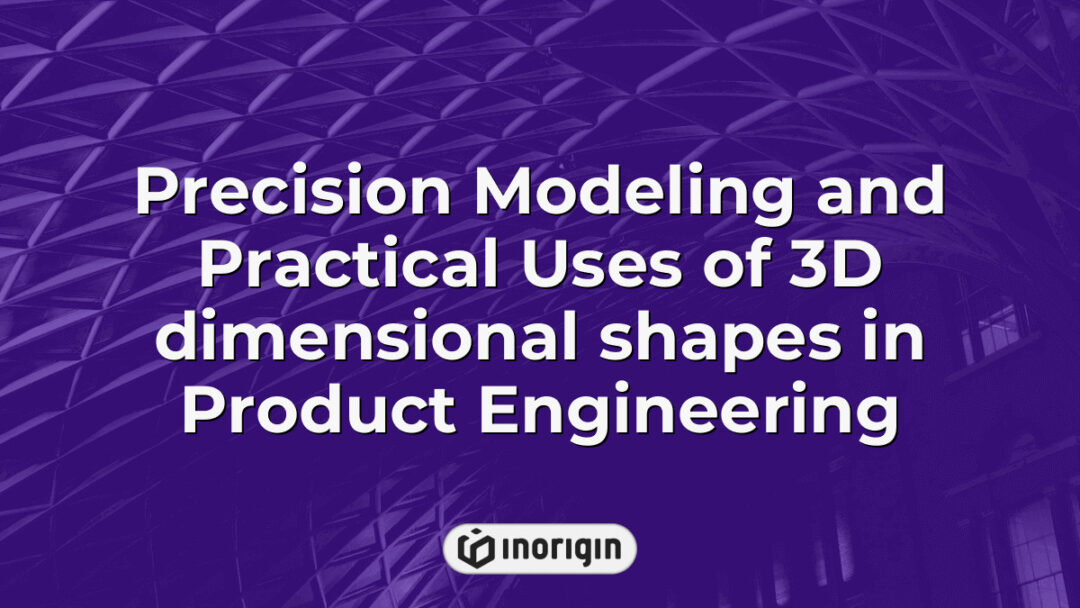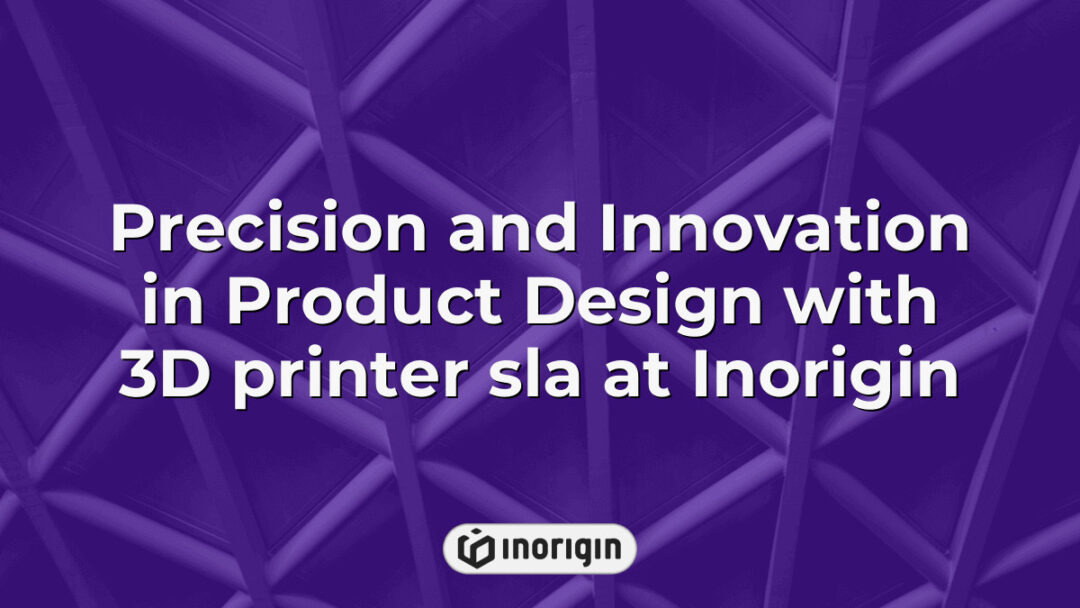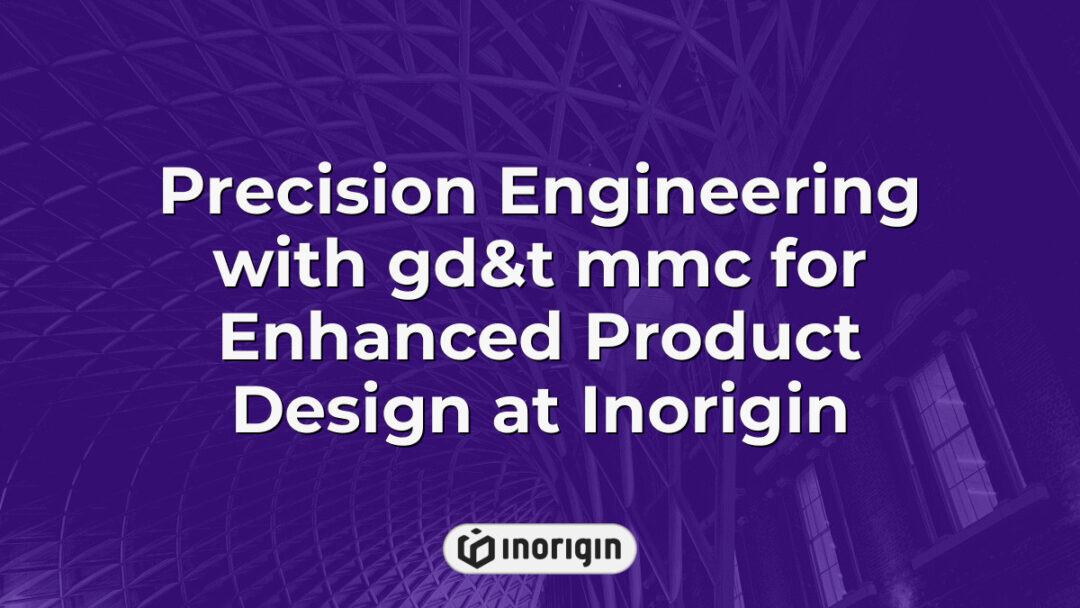In an era where digital landscapes evolve at breakneck speed, the quest for innovative tools that enhance human-computer interaction has become paramount; this is where surfacing software enters the stage, akin to the unveiling of a masterpiece from behind the curtains. This transformative technology operates at the intersection of design, functionality, and user experience, allowing organizations to distill complexity into intuitive interfaces that foster engagement and productivity. By delving into the mechanics of surfacing software, one uncovers not only its pivotal role in streamlining workflows but also its profound impact on shaping the future of digital communication and collaboration. Through a comprehensive examination of its applications, benefits, and implications, this article seeks to illuminate the underpinnings of surfacing software and its increasingly vital contribution to modern technological paradigms.
| Αποψη | Key Takeaway |
|---|---|
| Focus on Surfacing Software | Surfacing software is a crucial tool in advanced product design and engineering, enabling precise modeling of freeform surfaces to enhance aesthetics and functionality. |
| Βασικά Χαρακτηριστικά | Top surfacing software offers robust editing tools, smooth G2 surface continuity, and compatibility with diverse file formats to streamline design workflows effectively. |
| Popular Solutions | Industry leaders like CATIA provide integrated parametric modeling for complex engineering projects, while Rhinoceros 8.0 delivers flexible surface manipulation tailored to creative designs. |
| Workflow Implementation | Successful integration of surfacing software, such as Autodesk Fusion 360, requires strategic planning and dedicated team training to maximize innovation and productivity. |
| Innovations and Trends | Emerging trends include AI-driven design assistance, cloud-based collaboration, and sustainability-focused features that enhance efficiency and environmental impact assessments. |
| Επιπτώσεις στον κλάδο | Sectors like automotive, aerospace, healthcare, and architecture benefit from improved precision and innovation enabled by surfacing software, driving product excellence. |
| Θεωρήσεις κόστους | Budget planning should factor in software license fees, customization, ongoing maintenance, and training to ensure a sustainable and effective surfacing software deployment. |
Defining Surfacing Software and Its Importance
The definition of surfacing software extends beyond mere technical terminology; it encompasses tools designed primarily for geometry modelling, particularly in the context of freeform surfaces. These applications serve crucial functions across numerous industries, including automotive and aerospace, where the aesthetics and performance of surface designs can significantly affect product outcomes. In geometrical modelling, the ability to manipulate complex surface shapes is essential; this is where surfacing software becomes invaluable. Transitioning from traditional CAD programs to more advanced surfacing solutions allows for the creation of intricate forms that traditional techniques struggle to achieve. This transition reveals how utilising advanced software empowers designers to experiment and innovate with organic shapes, which might otherwise remain elusive. Ultimately, the emphasis placed on surfacing software in these contexts underscores its role in elevating not just design aesthetics, but also the efficiency of the development process and the precision required in manufacturing.
Key Features of Effective Surfacing Software
Effective surfacing software possesses features that are akin to a maestro conducting a symphony; each element harmonises to create a seamless and sophisticated user experience. Central to such software are extensive surfacing capabilities that enable users to manipulate digital models with precision and ease. These capabilities are not merely functional but essential for producing high-quality designs across various industries, from automotive to aerospace manufacturing. Another significant aspect lies in the software’s adherence to G2 continuity, which ensures a smooth transition between surfaces and curves, reducing the risk of defects during the modelling process. As users engage with these tools, they find that intuitive interfaces and robust editing tools are equally crucial; thus, compatibility with various file formats and standards becomes a necessity for professionals aiming for efficiency. With such composite features in play, effective surfacing software ultimately transforms conceptual visions into tangible realities with impressive accuracy.
Comparison of Popular Surfacing Software Tools
When examining the comparison of popular surfacing software tools, one illuminating case is that of a large automotive manufacturer utilising both CATIA and Rhinoceros 8.0 in concurrent design projects. In this scenario, CATIA, known for its robust parametric capabilities, allows for precision in complex surface creation, while Rhinoceros 8.0 provides excellent free-form surface modelling that supports creativity and artistic freedom. The juxtaposition of CATIA’s functionality and Rhinoceros’s flexibility highlights the differing approaches to surfacing software that cater to various design requirements.
To further elucidate the distinctions, three key aspects warrant consideration. First, CATIA generally excels in integration with other engineering tools and systems, proving particularly beneficial in industries where collaboration across disciplines is critical. Second, Rhinoceros 8.0 offers a variety of plugins that enhance its functionality, thereby allowing for extensive customisation in surface design and manipulation. Lastly, user experience varies greatly; while CATIA often demands a steeper learning curve, Rhinoceros may appeal more to users seeking immediate visual feedback with a focus on design aesthetics.
In evaluating the two surfacing tools’ strengths, decision-makers must weigh factors such as budget constraints, project timelines, and the specific nature of their design tasks. CATIA may align better with organisations heavily invested in manufacturing processes and complex project workflows, whereas Rhinoceros might suit smaller teams or individual designers prioritising creative expression and rapid prototyping. Understanding these dynamics ultimately informs better choices regarding surfacing software in diverse industry contexts.
Implementing Surfacing Software in Your Workflow
Implementing surfacing software in a workflow is akin to orchestrating a complex symphony, where each instrument must play its part to achieve harmony. In the realm of design engineering, the integration of tools such as Autodesk Fusion 360 is not just an upgrade but a necessity; it forms the backbone of contemporary design processes. Rolling out surfacing software involves meticulous planning and understanding of both the software’s functional capabilities and the unique requirements of a project. Specific features, including parametric design and collaboration tools, facilitate innovation while ensuring precision. As design teams employ Autodesk Fusion 360 for rapid prototyping, the workflow benefits significantly from its intuitive interface, permitting engineers to explore ideas and iterate designs rapidly. Consequently, effective implementation not only streamlines project workflows but fosters a culture of creativity and efficiency that can lead to groundbreaking results.
TIP: It is advantageous to invest time upfront in training sessions for all team members on software features; this not only mitigates potential frustrations but enhances overall productivity in the long run.
Future Trends in Surfacing Software Technology
In recent years, the market for web based surface modeling software has witnessed a remarkable growth rate, estimated at around 20% annually. Such statistics underline the burgeoning interest in advanced surface modeling techniques, which continue to evolve rapidly. This technological progression is largely driven by the increasing demand for precision and efficiency in design processes across various industries, including automotive and aerospace sectors. One significant trend is the integration of artificial intelligence into surfacing software, enabling real-time analysis and optimised design suggestions, ultimately streamlining workflows. Additionally, with the surge in remote collaborations necessitated by global events, the cloud-based capabilities of these software solutions allow users to access complex surface modeling tools from virtually anywhere, fostering innovation and teamwork.
As future developments unfold, enhancements in user interfaces and interoperability with other design software will further facilitate the adoption of advanced surface modeling techniques. Ongoing improvements in graphic rendering and simulation capabilities are expected to provide designers with even more control and insight into their projects. Meanwhile, the growing emphasis on sustainability in design practices compels the surfacing software industry to adapt, leading to features that allow for environmental impact assessments directly within the modeling process. Such advancements signify a transformative phase for the sector, where the interplay of technology and design is set to redefine efficiencies, unlock creativity, and ultimately shape the future of product development.
Συχνές Ερωτήσεις
What industries benefit the most from surfacing software?
In the fast-paced world of technology, surfacing software emerges as a transformative force, revolutionising various industries with an intensity comparable to a thousand suns. Certainly, the manufacturing sector stands out prominently; utilising surfacing software allows companies to optimise design processes, reduce material waste, and improve precision in production lines. Furthermore, the architecture and construction industries have increasingly harnessed this technology, as it facilitates visualisation and simulation of designs, leading to enhanced project outcomes and diminished risks during implementation. Health care also benefits substantially, particularly in fields like radiology, where advanced imaging technologies rely on surfacing techniques for accurate diagnostics. The automotive sector is not to be overlooked, either; with innovations in surfacing, the development of more aerodynamic vehicle designs is achievable, which subsequently increases fuel efficiency and performance. As industries grapple with evolving consumer demands and a heightened emphasis on sustainability, the role of surfacing software becomes ever more critical in fostering innovation and efficiency across diverse economic domains.
How does surfacing software integrate with other design tools?
The integration of surfacing software with other design tools is akin to blending the most exquisite flavours in a gourmet dish, creating a product that is not only functional but also aesthetically pleasing. At its core, surfacing software serves as a bridge, facilitating the synthesis of various design components to achieve seamless interoperability. Various software solutions, such as CAD platforms, can interface with surfacing tools to streamline workflows; for instance, SolidWorks and Rhino can work in tandem, enabling users to generate complex geometries that enhance product design. Additionally, plugins and APIs allow for customisation, offering users the chance to connect surfacing applications with rendering software like V-Ray, thus elevating visual representations. Consequently, this interconnectedness cultivates an environment where iterative design processes can flourish, enhancing collaboration across disciplines, whether in engineering or artistic endeavours. The ability to share data fluidly can drastically reduce the time from concept to prototype, a critical factor in today’s fast-paced market. Ultimately, these synergies exemplify how surfacing software not only augments individual design capabilities but also fosters a more coherent and organised approach to creative projects, ensuring that all components work in concert rather than as isolated entities.
What are the typical costs associated with implementing surfacing software?
The typical costs associated with implementing surfacing software are multifaceted and can be influenced by several key factors. Primarily, initial acquisition costs reflect the price of software licenses or subscriptions, which can vary widely depending on the provider and the specific features of the software. In addition to this, ongoing expenses such as maintenance, updates, and training must be considered, as they contribute to the overall financial commitment. For organisations evaluating the implementation of surfacing software, understanding these costs is imperative to ensure alignment with budgetary constraints and project goals.
- Initial Acquisition Costs
- Purchase of Software Licenses: Costs can range from a few hundred to several thousand dollars, depending on the scale of usage and the software’s capabilities.
- Customisation Options: Many companies may require tailored solutions, which can lead to increased upfront costs.
Ongoing Expenses
- Maintenance Fees: Regular maintenance is often necessary to keep the software updated; this can be a fixed annual fee or a percentage of the initial purchase price.
- Training and Support: Personnel may require training sessions, which could add to costs; furthermore, ongoing technical support is crucial to address any arising issues.
Estimates suggest that organisations could spend anywhere from 20% to 30% of the initial software costs annually on these additional expenses. Balancing these factors, alongside the tangible benefits such software brings—such as improved productivity and design accuracy—contributes to the overall decision-making process for enterprises. Understanding these various dimensions enables a more informed approach to budgeting and resource allocation in the context of surfacing software implementations.
Σύναψη
In conclusion, surfacing software plays a pivotal role in enhancing user engagement and interaction within digital environments. For instance, consider a gaming platform utilizing surfacing algorithms to showcase personalized content. Such technology can transform user experience, creating a tailored atmosphere that captivates and retains player interest, ultimately driving increased participation and satisfaction.
Σχετικές αναρτήσεις:
- Innovations and Sustainable Techniques Transforming Surfacing Design at Inorigin
- Το καλύτερο λογισμικό τρισδιάστατης μοντελοποίησης για σχεδιασμό ακριβείας και προηγμένη ενσωμάτωση τρισδιάστατης εκτύπωσης
- What is Surface Modeling and Its Role in Advanced Product Design at Inorigin
- Surface Modeling Techniques Driving Precision in Product Design at Inorigin
- Precision Surface Modelling Software Solutions for Advanced Product Design and Engineering
- Τεχνικές λογισμικού μοντελοποίησης επιφανειών Μετασχηματίζοντας προηγμένο σχεδιασμό προϊόντων




